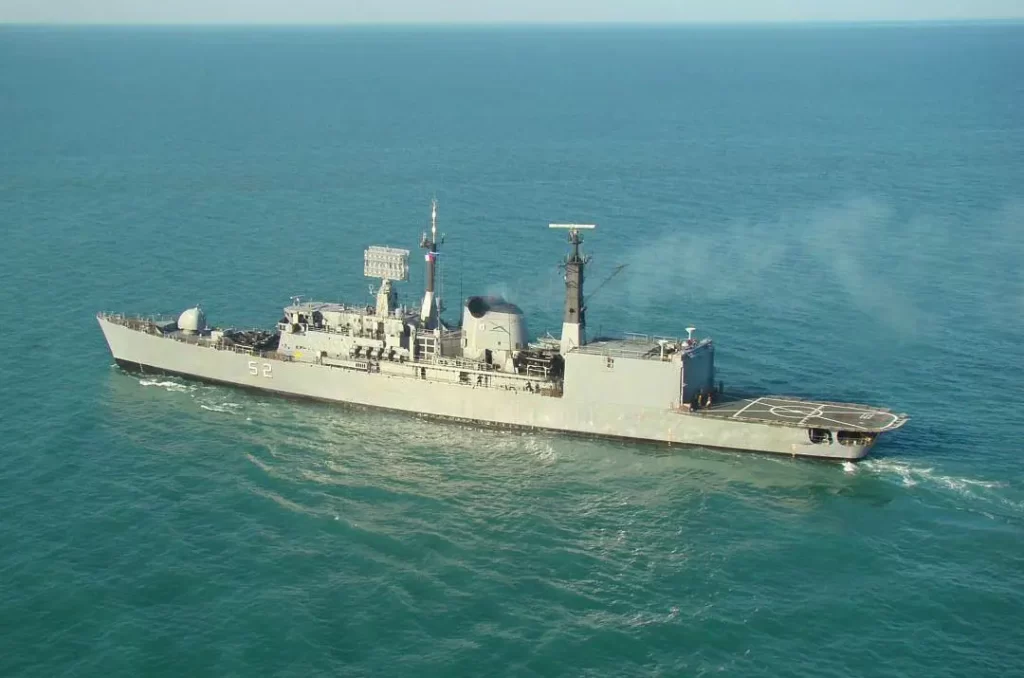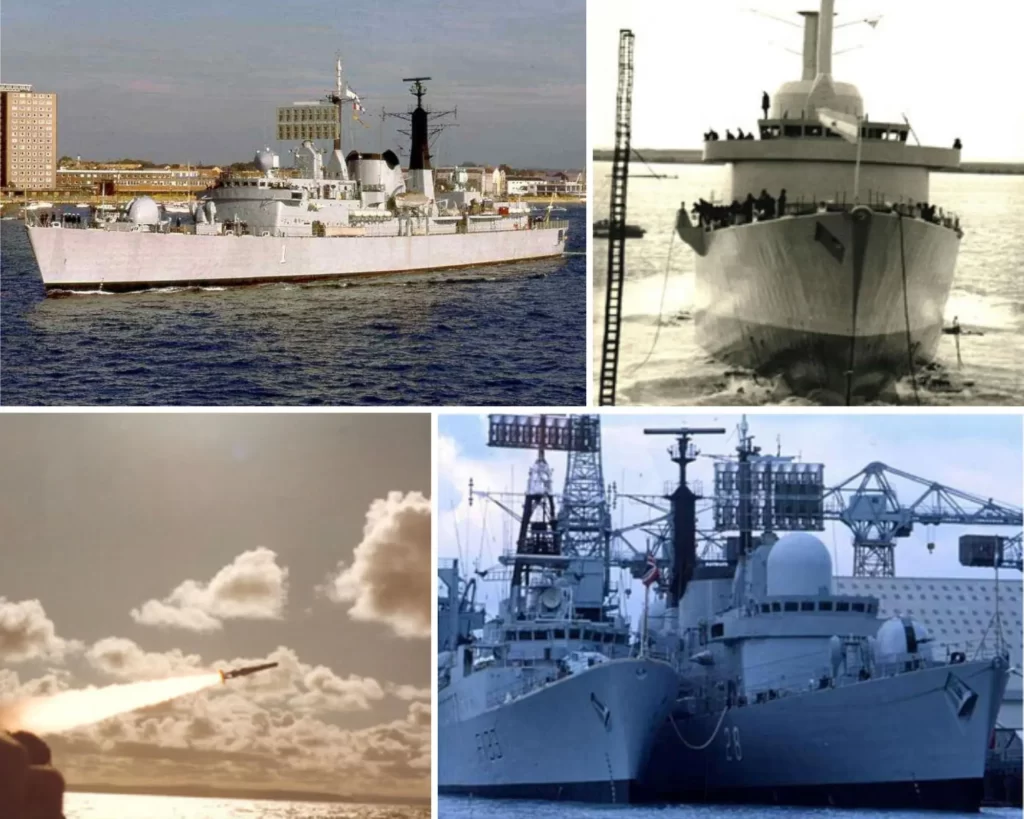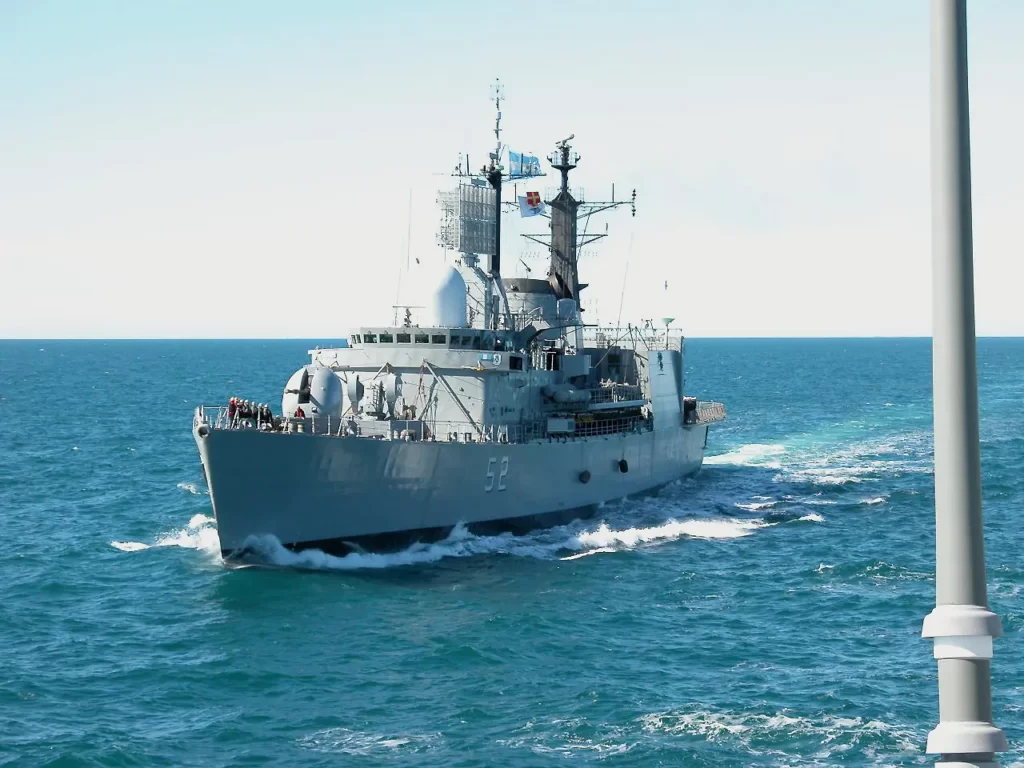By means of a resolution from the Chief of the General Staff of the Argentine Navy, the Multipurpose Rapid Transport ARA “Hércules” (B-52) has been decommissioned after several years without sailing. Following the decommissioning of the Landing Ship ARA “Cabo San Antonio” (Q-42), the Hércules had the mission of mitigating the lack of an amphibious ship that would allow the projection of Marine Infantry troops. Its decommissioning signifies the definitive loss of the minimal amphibious transport capability that the force still had in a testimonial manner.
The degradation of its structure, due to the passage of time, combined with the general obsolescence of the vessel were determining factors when deciding the decommissioning of the ship, also considering the possibility of definitive disposal once all elements and materials that could be useful for naval service have been removed.

The origin of the ARA “Hércules” dates back to 1969 with the assignment to the Vickers shipyard in the United Kingdom for the construction of two Type 42 destroyers, one of which would be built at the Astilleros y Fabricas Navales del Estado (AFNE – since 1993 Astillero Rio Santiago). Authorized for construction on May 18, 1970, the modern unit represented an important advance in the modernization process undertaken by the Argentine Navy to renew its combat units, mainly made up of Fletcher, Sumner, and Gearing class destroyers of American origin.
Both ships had the mission of providing escort and air cover to the fleet’s flagship, the ARA “25 de Mayo” aircraft carrier (V-2). Equipped with the medium-range anti-aircraft missile system “Sea Dart,” they represented a significant technological leap for the Argentine Navy, being among the most modern units of their kind in the region at the time of their incorporation. Shortly after, both units were equipped with four MM-38 missiles (two per side) in order to have anti-surface capability. This particularity was only adopted in both Argentine units, unlike the British ones which specialized only in anti-aircraft defense until the decommissioning of the last unit, the HMS Edinburgh, in 2013.
The outstanding participation of both units in Operation Rosario marked the beginning of their long decline. The embargo imposed by the United Kingdom during the Malvinas War made it difficult to supply spare parts for the Type 42s, leading to the decision at the end of the 1980s for the ARA “Santísima Trinidad” to be placed in reserve status, keeping the ARA “Hércules” in service.

In 1994, the Destroyer was transferred to the Amphibious and Logistic Naval Command (COAL), which subsequently carried out a modification process to a Rapid Transport Ship. The main modification involved the removal of the “Sea Dart” system and the reform of the helicopter deck and hangar (originally designed for light helicopters like the “Sea Lynx”) for the operation of two medium helicopters of the Sea King type.
The work on the hangar and platform was carried out at the ASMAR Shipyards in Talcahuano, Chile, with the participation of the Argentine company INVAP during the year 2000; being completed in 2004 at the Naval Arsenal Puerto Belgrano.

As a result of the modifications, the ARA “Hércules” ended its operational days with a capacity to accommodate 238 marines, space to hangar two “Sea King” helicopters, providing support to amphibious operations with its Vickers 115 mm Mk8 cannon, after being stripped of the Sea Dart missile launcher at the bow and the MM-38 Exocet launchers for stowing Zodiac-type rigid inflatable boats.
The decommissioning of the “Hércules,” combined with the particular situation of the ARA “Santísima Trinidad,” signifies the end of an era in the Argentine Navy, characterized by the constant search for new capabilities while aiming for naval warfare leadership, along with a true projection of integrated naval power.
You may also like: Coverage – Within the operational activity of Argentina’s 24th Mechanized Infantry Regiment














